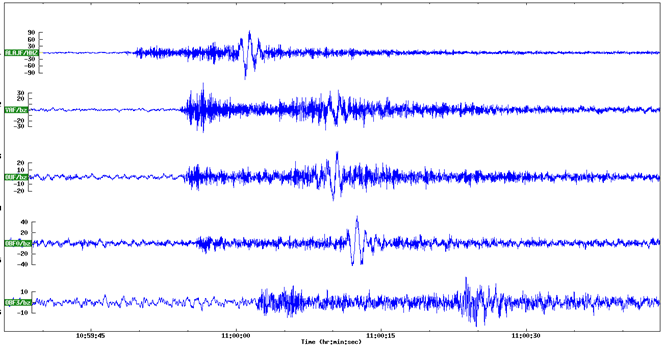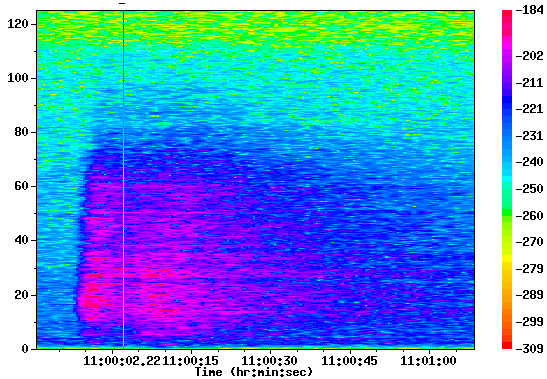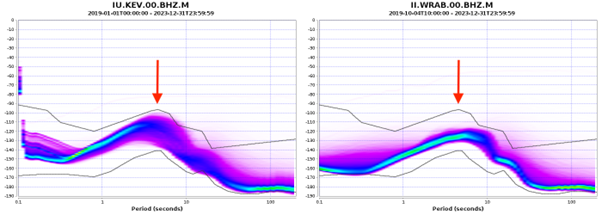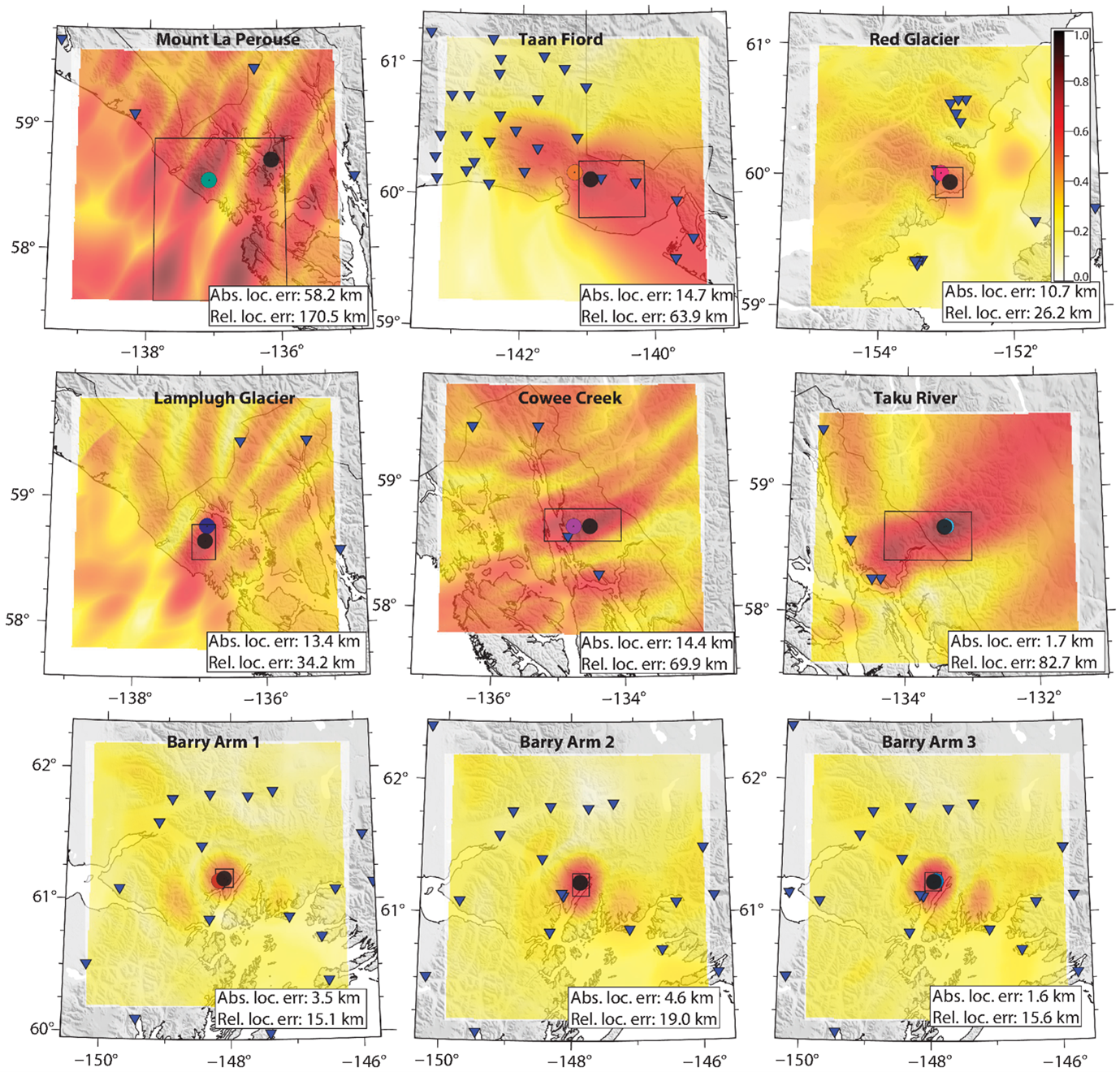The LUOVA system is a service intended for authorities. It warns about natural disasters that take place in Finland and abroad. LUOVA was established after the earthquake and tsunami disaster that occurred on Boxing Day 2004 in Asia. The system’s aim was to improve and clarify communication related to natural disasters. Institute of Seismology provides information and assessments of hazardous impacts of earthquakes to the LUOVA system.
Structure and functioning of LUOVA
The LUOVA system gathers forecasts, assessments, and warnings from various sources, and creates a real-time situational picture to support the decisions of the authorities. The basis of LUOVA is an information system that enables research institutes to monitor different natural phenomena worldwide and analyze threats, risks, and actual natural disasters. LUOVA offers a uniform reporting method for all types of warnings – one, fast channel in which authorities find the necessary information about natural disasters.
The LUOVA operation center is located at the Finnish Meteorological Institute (FMI) together with the on-call weather services. Experts deliver real-time reviews on natural disasters to the LUOVA web portal. Information providers of LUOVA are Finnish Meteorological Institute (dangerous weather phenomena, sea floods, tsunamis), SYKE (water floods) and the Institute of Seismology (earthquakes, tsunamis).
Earthquake observations in LUOVA
Institute of Seismology provides information and assessments of hazardous impacts of earthquakes to the LUOVA system. The focus is on hazardously big earthquakes abroad mainly at the tourist but also at high-risk destinations, but authorities are also informed about notable earthquakes in Finland. The earthquake alerts and estimates of the LUOVA are based on the Institute’s automatic observation system and on the on-call duty related to it. The on-call seismologist gets information on earthquakes primarily from the SeisComP-based automated system. More information on the events can be found on the websites of international organizations and centers, and on their warning messages.
The on-call seismologist checks, evaluates, and corrects automatic alerts. The risk of the event is assessed, and the event is classified into risk categories 1-4 (1 = extremely dangerous, 2 = dangerous, 3 = potentially dangerous, 4 = not dangerous). The on-call seismologist provides an impact assessment with a more detailed description of the possible consequences for the risk categories 1 to 3 events via the LUOVA system to the authorities. In addition, on-call seismologists will provide an expert opinion and assistance in issuing warnings and assessing the effects of damage, if necessary.
In 2023, 296 events came to the LUOVA system. Of these, 237 were evaluated as risk category 4 events, 51 risk category 3 events, 6 risk category 2 events and 2 risk category 1 events.
Assessment of effects caused by earthquakes
The magnitude of an earthquake and the earthquake effects and consequences are not directly interdependent. When assessing the destructive effects, without direct observations from the event area, priority is given to the magnitude of the earthquake (released energy, destructive power) as well as to the depth of the earthquake (surface waves, tsunami) and the location of the earthquake (centers of population, age and condition of buildings, critical infrastructure). That is, even a small earthquake (magnitude 4-5) occurring at shallow depth below a large population center can cause great damage. On the other hand, a large earthquake (magnitude 6 – 7) in the middle of the wilderness or ocean may not attract any attention (other than that it is detected by the global seismic station network).
Tsunamis relate to large earthquakes (typically above magnitude 7) that occur on the seabed due to vertical movement. Therefore, tsunamis are most commonly generated in subduction zones. Tsunami is different from wind-generated waves in such a way that it puts in motion the sea water in motion at its entire depth, while the effect of wind-generated waves is limited to the surface layer. Tsunami wavelengths and speeds are also significantly higher. The LUOVA on-call seismologist will also issue a warning in connection with the impact assessment if a tsunami can arise from an earthquake.
Recent earthquakes globally can be found on the Institute’s website (https://www.helsinki.fi/en/institute-seismology/earthquakes/earthquakes-globally).
Niina Junno, seismologist






